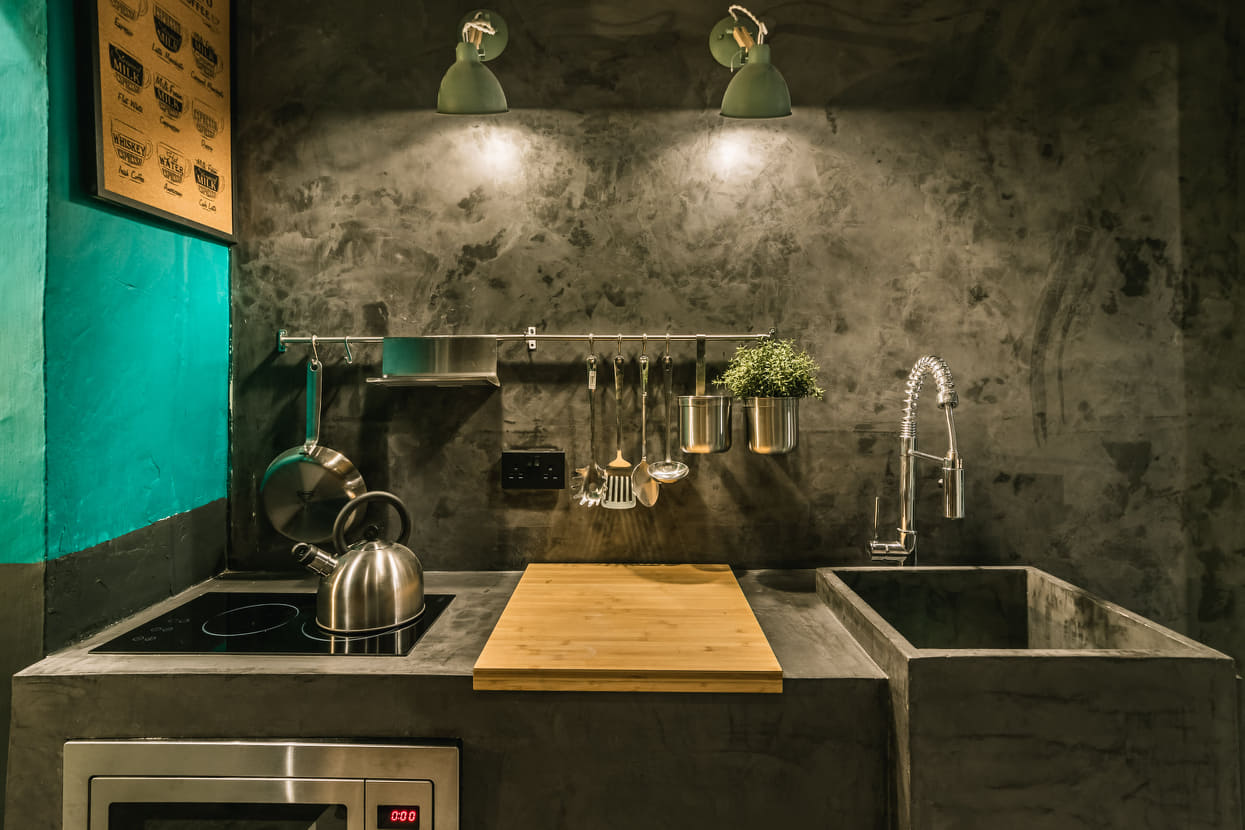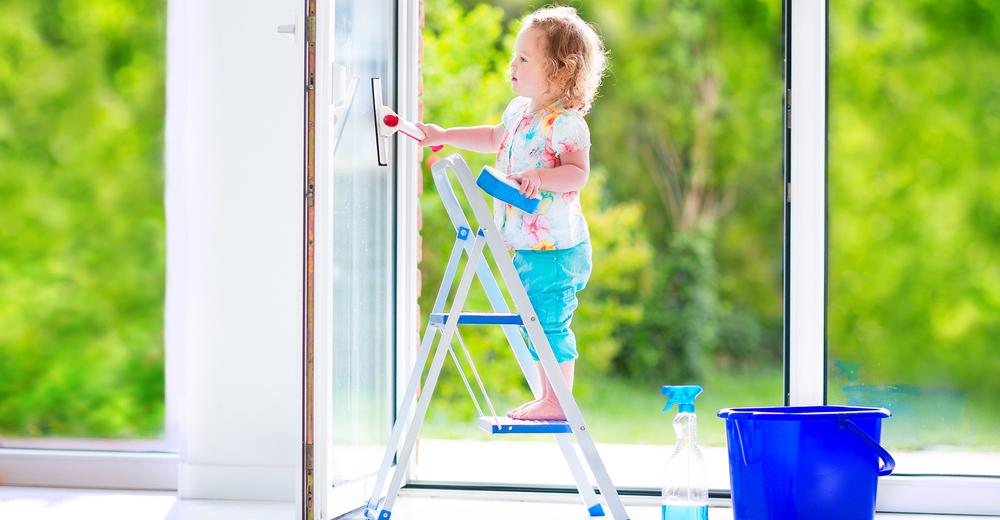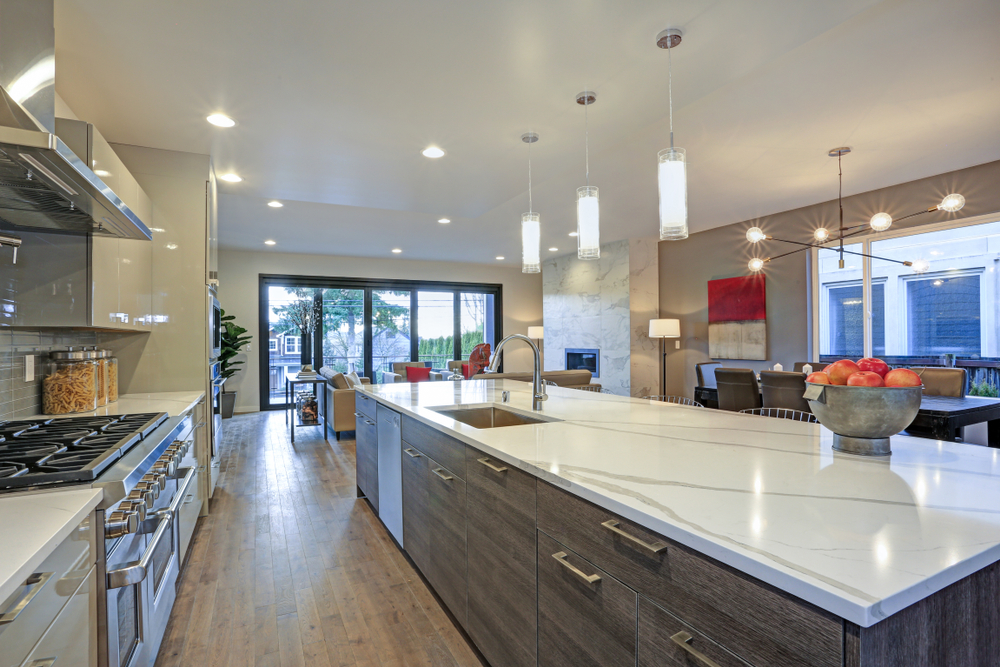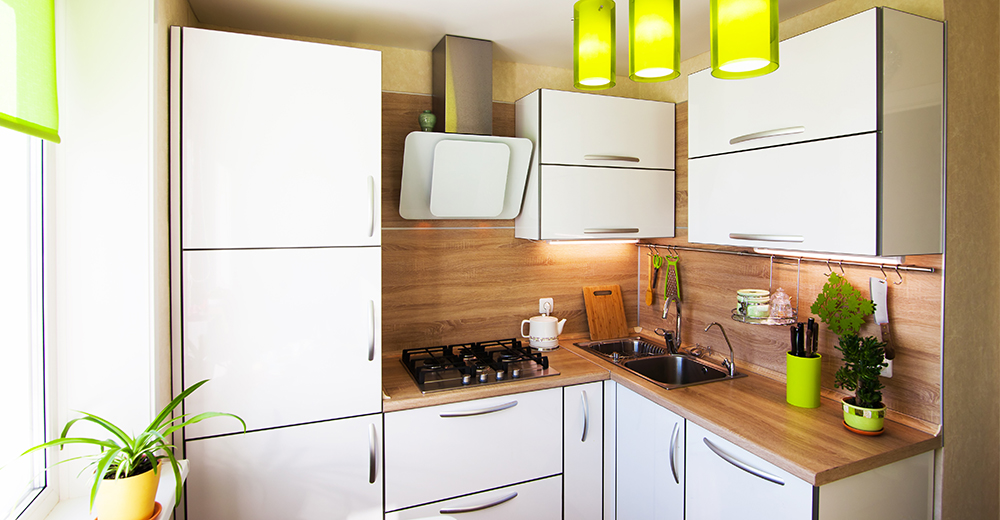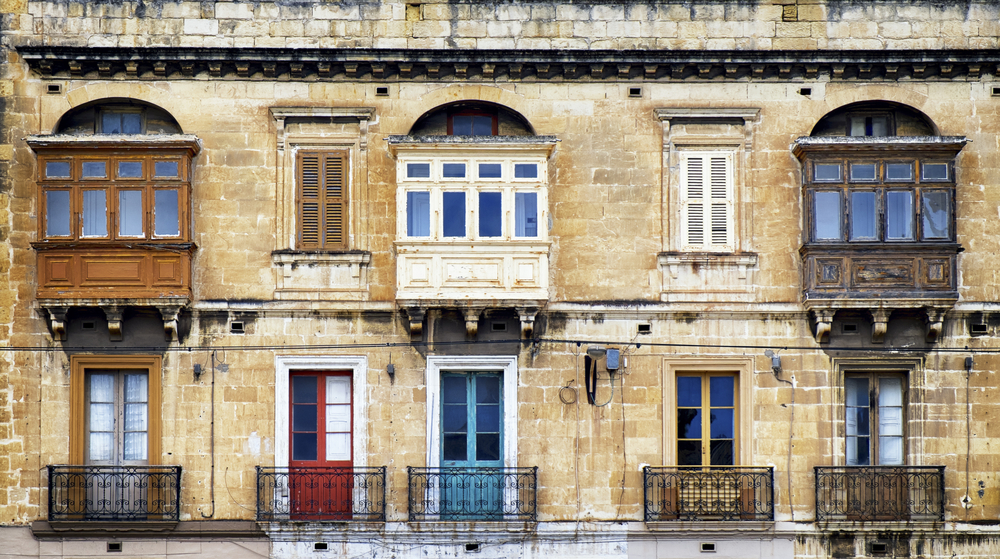[av_one_full first min_height=” vertical_alignment=” space=” custom_margin=” margin=’0px’ link=” linktarget=” link_hover=” padding=’0px’ border=” border_color=” radius=’0px’ background=’bg_color’ background_color=” background_gradient_color1=” background_gradient_color2=” background_gradient_direction=’vertical’ src=” background_position=’top left’ background_repeat=’no-repeat’ animation=” mobile_breaking=” mobile_display=” av_uid=’av-3og5f2′]
[av_codeblock wrapper_element=” wrapper_element_attributes=” codeblock_type=” av_uid=’av-1dmjz’ custom_class=”]
[house_meta_top/]
[/av_codeblock]
[/av_one_full]
[av_hr class=’default’ height=’50’ shadow=’no-shadow’ position=’center’ custom_border=’av-border-thin’ custom_width=’50px’ custom_border_color=” custom_margin_top=’30px’ custom_margin_bottom=’30px’ icon_select=’yes’ custom_icon_color=” icon=’ue808′ av-desktop-hide=” av-medium-hide=” av-small-hide=” av-mini-hide=” av_uid=’av-bc5ji’]
[av_textblock size=” font_color=” color=” av-medium-font-size=” av-small-font-size=” av-mini-font-size=” av_uid=’av-k0p80x8k’ custom_class=” admin_preview_bg=”]
When it comes to renovating or conserving old houses, Maltese homeowners certainly have their work cut out for them. We have an abundance of old buildings that ooze Maltese historic charm and character, all in need of attention and care. Id-Dar Maltija, a Facebook group created in December 2014, was initially set up to get locals sharing photos of old traditional houses they encounter; now, it’s also a hub where homeowners ask for advice about restoration, share restoration projects they admire and show off their own work.
For this article, we’ve decided to highlight 8 solutions provided by members of Id-Dar Maltija worth keeping in mind if
- You’re restoring old stonework
- Renovating an old town house
- Just bought or acquired an old house
- You need help deciding the right materials to use
[/av_textblock]
[av_four_fifth first min_height=” vertical_alignment=” space=” custom_margin=” margin=’0px’ link=” linktarget=” link_hover=” padding=’0px’ border=” border_color=” radius=’0px’ background=’bg_color’ background_color=” background_gradient_color1=” background_gradient_color2=” background_gradient_direction=’vertical’ src=” background_position=’top left’ background_repeat=’no-repeat’ animation=” mobile_breaking=” mobile_display=” av_uid=’av-2sjbe6′]
[av_textblock size=” font_color=” color=” av-medium-font-size=” av-small-font-size=” av-mini-font-size=” av_uid=’av-k0i91s21′ custom_class=” admin_preview_bg=”]
Content in this article:
- What is Hydraulic lime and what is it used for?
- When should I use Hydraulic lime instead of cement?
- How did we go from hydraulic lime to cement?
- I’m restoring an old house, which mortar should I go for?
- Can hydraulic lime mortar fill in holes?
- Will Hydraulic lime lighten once it dries?
- Dilute hydraulic lime to save on materials
- Lime-based paint allows stone to breathe
[/av_textblock]
[/av_four_fifth]
[av_one_full first min_height=” vertical_alignment=’av-align-top’ space=” margin=’0px’ margin_sync=’true’ link=” linktarget=” link_hover=” padding=’0px’ padding_sync=’true’ border=” border_color=” radius=’0px’ radius_sync=’true’ background=’bg_color’ background_color=’#ffffff’ background_gradient_color1=” background_gradient_color2=” background_gradient_direction=’vertical’ src=” attachment=” attachment_size=” background_position=’top left’ background_repeat=’no-repeat’ animation=” mobile_breaking=” mobile_display=” av_uid=’av-jjodg0tr’ custom_class=’post_container’]
[av_textblock size=” font_color=” color=” av-medium-font-size=” av-small-font-size=” av-mini-font-size=” av_uid=’av-jjodg6rz’ custom_class=” admin_preview_bg=”]
1. What is Hydraulic lime and what is it used for?
Mariella Pavia asks: “Could anyone tell me what hydraulic lime is and what it’s used for?”
Hydraulic lime consists of lime, water, and high-grade sand, and is just one of a variety of lime mortars, with hydraulic lime hardening once it is mixed with water. It’s used to mortar stone walls as an alternative to cement, especially in restoration projects where older buildings would have been built with similar lime mortar.
In response to Mariella’s query, Mario Mifsud noted that it is more correct to say that cement is a substitute to lime mortar, as cement is a more recent invention, whereas lime mortar has been used for thousands of years.
2. When should I use Hydraulic lime instead of cement?
As Brian Zammit noted, the reason hydraulic lime is used instead of modern cement is because, over many years, hydraulic lime will deteriorate, leaving the stone intact, whereas modern cement will become stronger than the stone it’s holding together.
3. How did we go from hydraulic lime to cement?
In fact, Jevon Vella had this to say about the history of hydraulic lime: “It’s been used for a long time as a mortar because its basic chemical composition is the same as stone. Portland cement was invented around 200 years ago, and they started using and mixing it with everything, to the extent that it started being used instead of lime mortar.”
4. I’m restoring an old house, which mortar should I go for?
If you’re looking for an everlasting mortar, Jevon also has an answer: “Nothing lasts forever. If the wall is humid, it’s always better to occasionally go over it. Maintenance!
Long story short: if you’re the proud owner of an old house with stone walls, you’re better off maintaining its architectural integrity by using whatever form of mortar was used at the time of its creation.
5. You can use hydraulic lime mortar to fill in unsightly nicks
You can use hydraulic lime to fill holes too! Purists will stand by leaving stone walls as they are, holes and all. However, if this doesn’t appeal to your aesthetic tastes, or if the holes in question are more a result of accident or indelicate refurbishment than the natural look of the stone, you might try using hydraulic lime mortar as a form of plaster to fill in those unsightly nicks came across this problem when attempting to expose the stone walls.
From House.mt: To ensure a correct bonding with the background while striving to minimise shrinkage and rapid drying, make sure you get the right type and use the right application technique. Follow up by light sandpapering to smoothen those areas down. The final finish is supposed to look exactly like the stone it’s been applied to.
Click here to open the thread we got the information above from.
6. Hydraulic lime lightens once it dries
Noeleen Abela asked: “We have an old stone wall and we’re filling in the gaps with hydraulic lime. We chose the lightest colour. Is it supposed to be this dark?”
Noeleen posted a photo to show her concern as to how dark the hydraulic lime was in comparison to the colour of the stones. Not to worry, said the majority of replies! Members of Id-Dar Maltija quickly put Noeleen’s mind at ease by assuring her that hydraulic lime always looks dark when it’s still wet, and eventually lightens once it dries. Sibiella Magro, however, also pointed out that it’s important to always keep the same measurements when mixing hydraulic lime, as this can also affect the resulting colour.
Take away: It’s up to 10 times darker when it’s wet, so choose limestone colours wisely!
7. Dilute hydraulic lime to save on materials
And speaking of hydraulic lime mixtures, Ignatius Borg asked: “What are the mixing ratios for hydraulic lime for outside use? Is it still 1:3? And is it strong enough to handle sun and rain?”
Hydraulic lime is known for being an extremely durable substance; the Ancient Egyptians even plastered the pyramids at Giza with it about 6000 years ago. In response to Ignatius’ query, Clive Zahra said that, ideally, you would use the hydraulic lime on its own, but, understandably, you’d end up using a lot of it, so it’s best to dilute it with a ratio of 1:2 for outdoor use, and 1:3 for indoor use.
From House.mt: Clive’s advice makes a lot of sense, as you would be able to dilute the hydraulic lime with more water and sand for indoor use as it wouldn’t have to face the harsh Maltese climate as outside walls would. But don’t worry about all this talk of ratios; you won’t have to mix it yourself as you can easily buy them readily mixed. All you’d have to do is add water.
8. Lime-based paint allows stone to breathe
Karl Deguara was having a bit of an aesthetic meltdown concerning some old stone walls he was trying to renovate, the reason being that paint and plaster were peeling off with each application, most likely due to the stone’s tendency for humidity.
Most of the comments advised Karl to either consider travertine (a type of limestone) tiles. Dayna Bajada Kawki noted correct that this still didn’t solve the humidity issue. Another idea was brought up – to cover the wall up entirely with ‘wedi boards’.
Both suggestions would be tantamount to sacrilege for purists. That’s why we’re focusing on one particular comment from Alain Frendo, who suggests using a lime-based plastering and paint that will enable the wall to breathe and thus prevent peeling due to humidity.
Click here to open the thread we got the information above from.
And that brings us to the end of our first round-up!
Next up, we’ll be discussing posts about xorok (slabs of limestone).
[/av_textblock]
[av_codeblock wrapper_element=” wrapper_element_attributes=” codeblock_type=” av_uid=’av-q30v’ custom_class=”]
[house_meta_bottom]
[/av_codeblock]
[/av_one_full]

